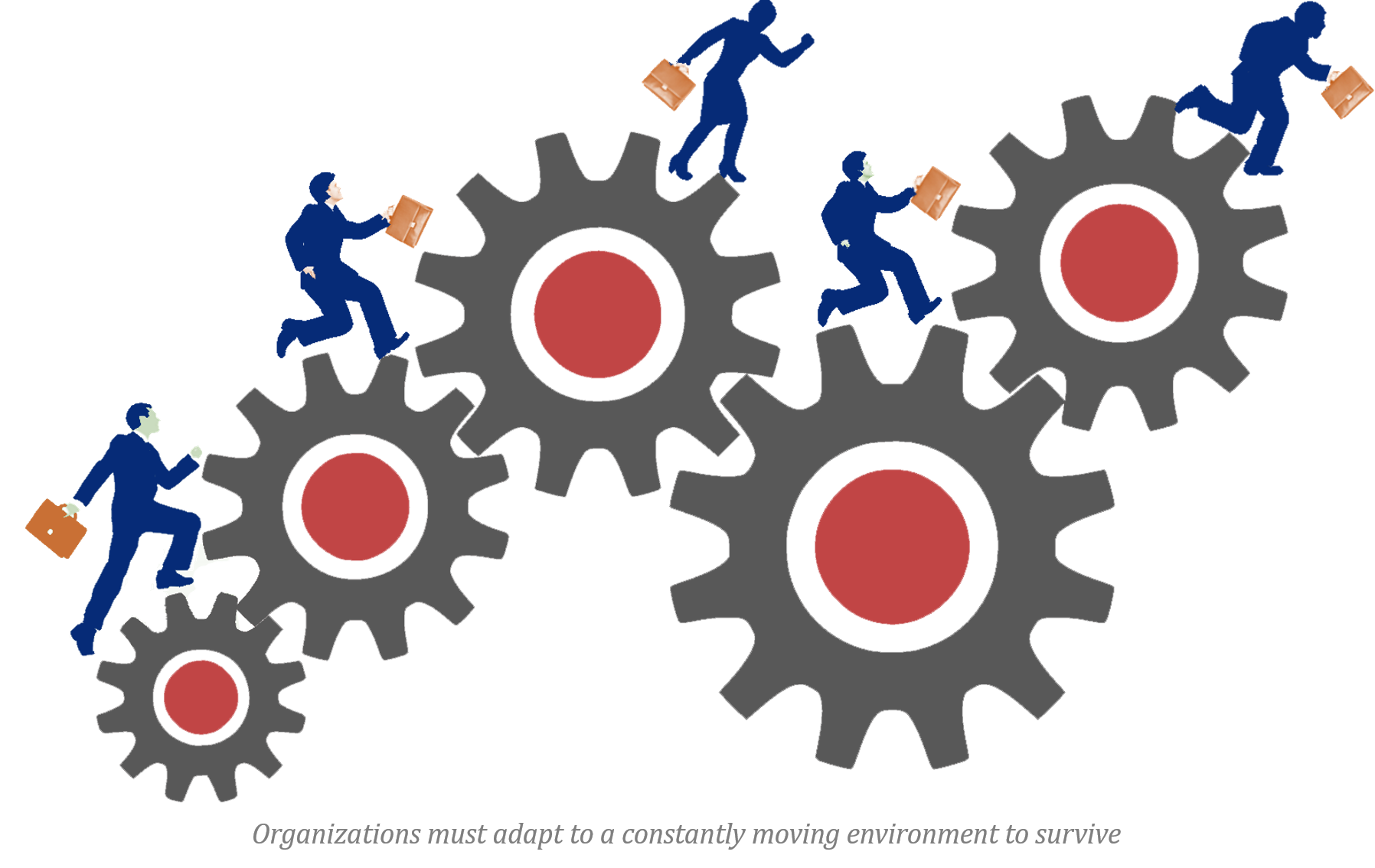
There is no doubt — in today’s environment — that the organization that does not change to face challenges and seize opportunities, or does not do it in time, is doomed. The effectiveness and speed of change are therefore key to survival and success.
I share herewith some practical tips, learned from mistakes made and avoided over several decades of triggering, managing and culminating processes of company change of all kinds: organizational, business model, strategical, cultural, etc.

1. Let’s make it simple
As complex as a change management project can be, its overall objectives can be broken down into concrete, simple and individualized sub-goals. This will help us making some decisions and increasing the speed of implementation, by dividing the project into simpler and delegable parts that, in addition, will be easier to adjust when needed.
For instance, the goal of placing the customer at the center of our action and improving our understanding of his needs and opinions, formulated as such, can be seen as a vague, interpretable and difficult to translate into individual behaviors. On the other hand, if we ask the sales team to include in their sales reports – simply and systematically – a number of customers’ answers to specific questions, the effort required to for this group to contribute to the process is greatly reduced, without diverting individuals from their priority objective: to sell. Area managers, back office staff and the sales manager can as well have specific sub-goals relevant to their activity, always consistent with the overall objective.
2. Change is about behaviours
Every complex change management project can be translated into a set of modifications of individual and collective specific behaviours and habits.
Behaviours relate to people, individually and in teams. No matter how high in the organization the change intent comes from or how much pressure is exerted for its advancement, if most of the individuals and teams responsible to actually modify their behaviors are not committed to it, change will not happen or fail.
According to psychology experts, the thought-feeling-action axis is a key to understand human behavior. We do what we think is right, what we understand and agree with, or what we believe that will positively impact us and our group and make us feel best. Last, sometimes we act automatically, without questioning our reasons, driven by habit or comfort. In any case, these three elements – thought, emotions and action- are always there to some extent behind our behaviours.
Logically, it is essential that the originators of change, at top level base their drive on their shared conviction of the need and determination to carry it out; they must accompany that conviction with its decisions, gestures and daily behavior. Shared or, at least, consensual thinking is essential at that level.
Beyond that top group, throughout the whole organization involved, the reasons for embracing the new behaviours can be diverse: sharing the analysis and the convenience of the proposed change, trusting the management, feeling part of the team, expecting positive personal outcome, contributing to the organization’s future, etc. Some individuals will just follow instructions without further questioning.
The change manager must assure a clear and consistent communication about the reasons, benefits and implications of change. This will offer everybody a reason to join the common goal. Everyone should be able to select what seems the best reason for him/her. Trying to gather a uniform team of convinced, enthusiastic or obedient individuals is unrealistic and, above all, useless. There will always be a mix of elements, and that’s good.
3. The perfect plan is never implemented
In complex processes, such as business change, it is impossible to anticipate everything and consider all the possible impacts and reactions of the environment. Waiting for the perfect plan to initiate change is a guarantee that we will not move forward (the well-known “analysis paralysis”).
It is compulsory to establish very clear targets and ultimate goals, the “red lines” that will never be trespassed and, in addition, provide for very agile and effective routines of monitoring, reporting and adjustment of decisions. This action-monitoring-adjustment routine, besides facilitating the process acceleration, brings the added value of enhancing the organizational understanding and know-ho on the key factors and dynamics of the business: it brings organizational learning.
In short, once the overall goals, the individual and team targets and the expected specific actions are set and shared, we should move ahead and be prepared to make corrections on the fly.
4. The value of the outside look
There are three relevant elements normally present in every change management process:
• Any substantial change process implies for the organization an overload of work and a potential defocusing on the business which, in the meantime, must go on (the plane must be modified in mid-flight!)
• Changing methods, organizations and systems that were once effective and successful can generate susceptibility among the people – managers and the rest of the team – who implemented them, even if they understand the need and convenience of doing so. Not taking the change objectives personally requires a significant effort of objectivity from internal staff.
• Every process of change, especially if it touches organization and culture, generates tensions and sometimes involves making difficult decisions which might affect the work of some people and harm the long-term stability and harmony of the team.
To address these three potential adverse effects of the process of change, it is highly convenient to bring on board someone experienced in processes of change who brings an external and objective look, not contaminated by the history of personal relationships and without having to simultaneous this mission with the day-to-day life of the business.
JM Noriega 2025